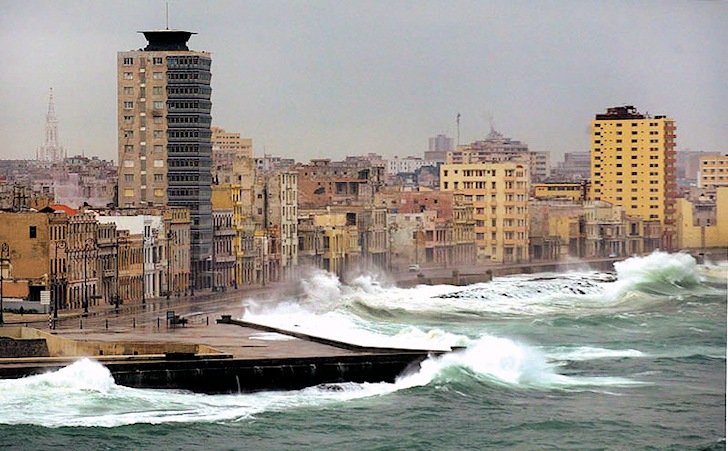Cuba enjoys a tropical climate moderated by northeasterly trade winds that blow year-round, with an average temperature of 21 °C (69.8 °F) in January and 27 °C (80.6 °F) in July.
There's a drier season from November to April, while from May to October, there's the rainier season.
Cuba is located in the hurricane corridor of the Gulf of Mexico and, during the storms, gets several swells.
It is possible to surf in Cuba. In the Eastern end of the island, waves kick in September, October, November, and December.
The Guantanamo province also delivers interesting quality waves, combined with the large tropical storms of the Caribbean sea that provide ground swells.
One of the best surf spots in Cuba is Yumuri, a right-hander located 30 kilometers east of Baracoa.
Also, look for Cabo de San Antonio, La Setenta, Playas del Este, Sun Beach, Cayo Coco, Gibara and Playa Mar Verde.
